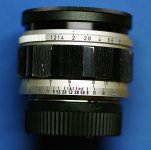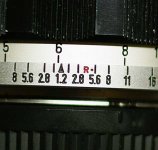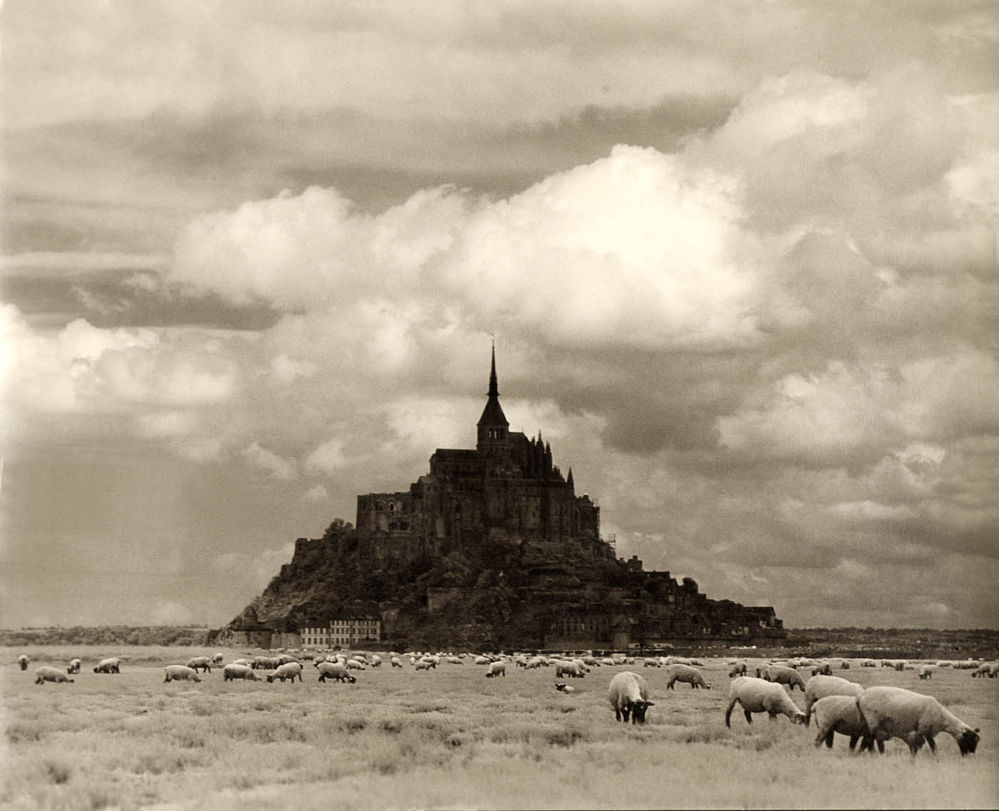I've tried IR from time to time for a long time, sometimes carefully using the IR mark to correct the focus. I have used orange, red, deep red, and the "opaque" (to visible light) filters + near IR, Kodak IR, and about four brands of IR films.
It often seemed the correction was not at all helpful.
I often was shooting something at distance, so I do not see much of a point there regardless.
I shot with a 30mm Fisheye and an orange filter (only thing I could find close to an IR filter of any sort) and was surprised at the effects using the old Konica 120 IR-- got the dark sky and white trees and the fisheye has great DOF.
The Orange filter fit behind the lens and was a Russian filter that came with the lens, which I used adapted to Mamiya 1000s in 645 format.
With the M8, I ordered an IR cut filter, but had trouble focusing with almost everything, so after years, am still experimenting. Some have said the filter is not a good one--
Sort of like pinhole, it involves degree of experimentation, and possibly a bit of time with Google and searching on RFF?
Perhaps I can try an IR filter with my pinhole on the M8?
With a Hasselblad, + expensive, probably at least a 720 nm expensive filter, the focus compensation seemed to be worse than no compensation. I think I was using mostly the 50mm FLE T*.
Hope something in here sheds some light in the "right" direction, I know there are folks who have been much more thorough than I in their experimentations.
I got away from the word "precise" in regards to IR.
Regards, John






